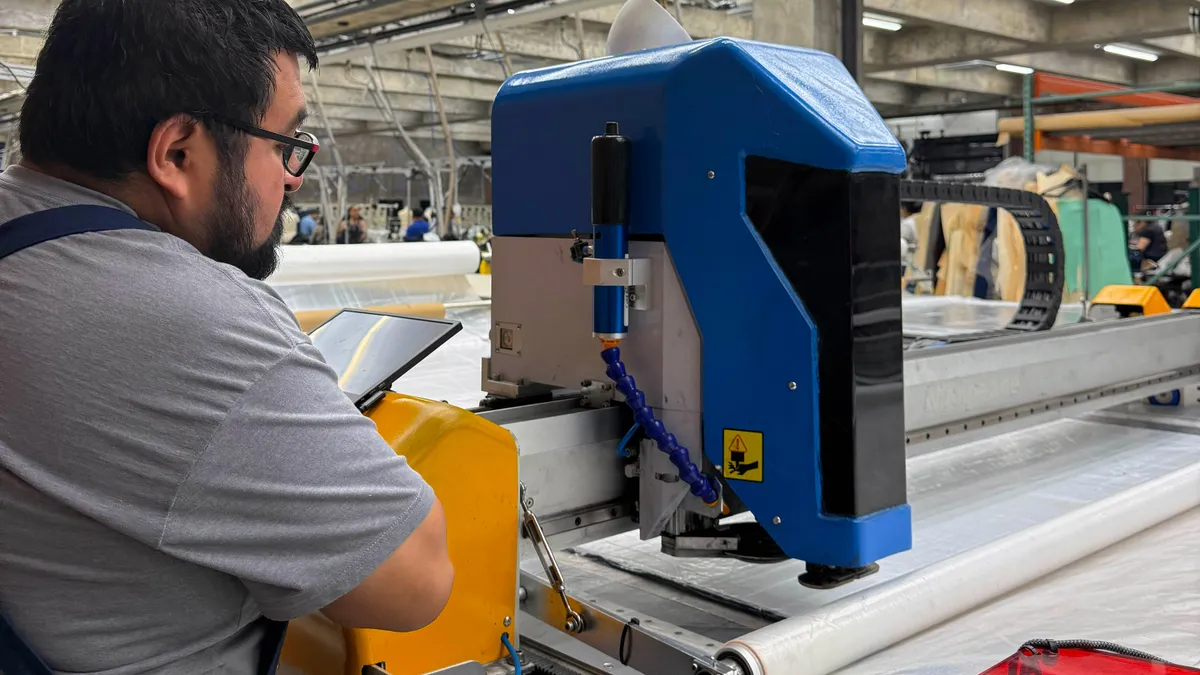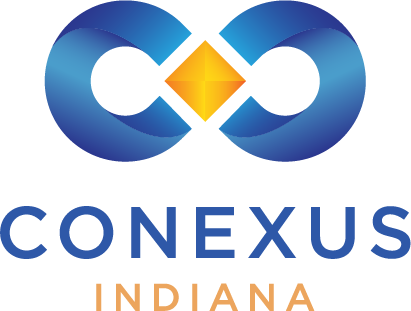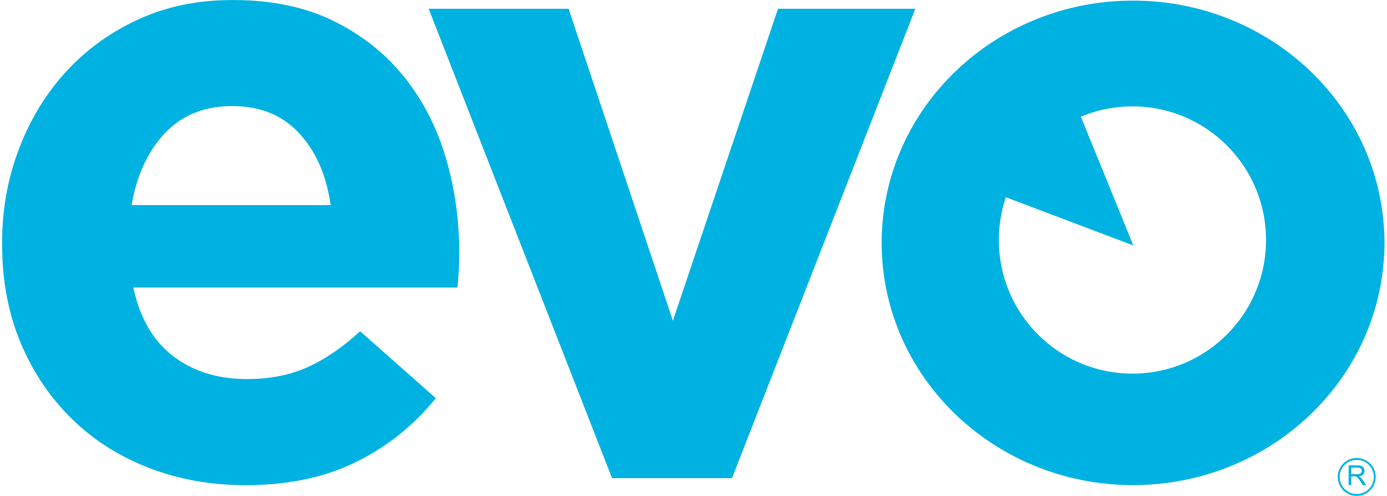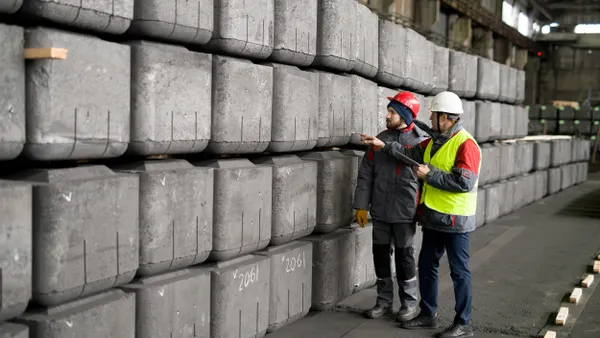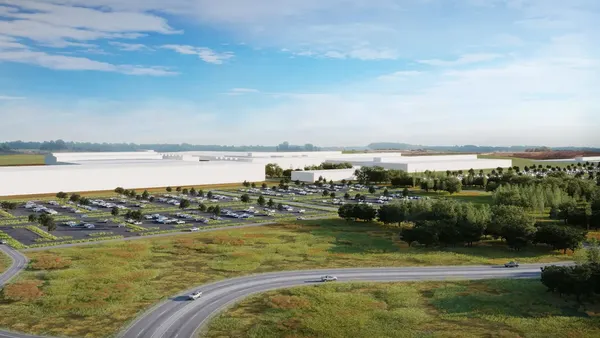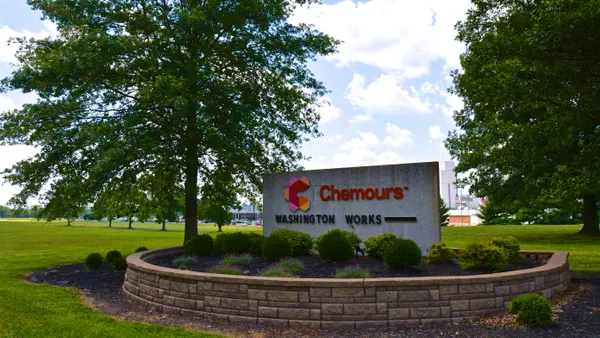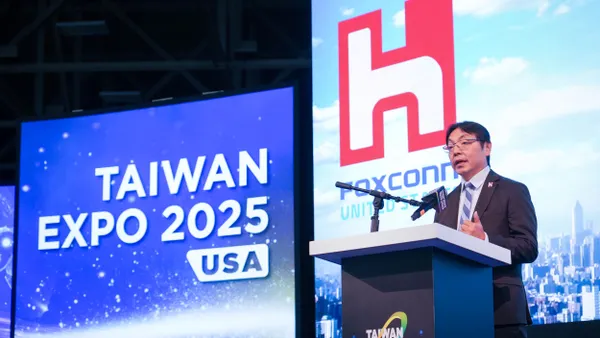Dive Brief:
- In order for U.S. solar manufacturing to catch up with China, vertical integration of the solar supply chain is needed – from polysilicon to ingots to wafers to cells to modules, said several speakers at September’s RE+ conference.
- “The global market is really shaped largely by its largest player, which is China,” said Shayna Grossman, a Department of Energy science and technology policy fellow, during a Sept. 10 presentation. “In 2023, China produced over 85% of the world's modules, cells, wafers and polysilicon.”
- Grossman noted that “it's been quite difficult for other nations to compete against China's dominance” in the solar market due to the low prices created by China’s non-market practices, vertically integrated manufacturing and economies of scale.
Dive Insight:
“China has done so much work to be vertically integrated, and what I mean by that is from the very beginning of the supply chain, the polysilicon all the way to the modules,” said Arielle Brown, director of government affairs at German multinational chemical company Wacker during a Sept. 11 panel. “China has the largest market for the PV value chain. They have a lot of production, they’re looking at huge investments in [polysilicon] production facilities in the next few years.”
A 2022 report from the International Energy Agency said that this concentration of polysilicon manufacturing in China poses a “considerable vulnerability” to the solar supply chain, and recommended that other countries improve resilience by diversifying manufacturing and imports.
John Smirnow, a principal at Smirnow Law, noted during the same panel that U.S. allies Germany and Malaysia are the other two largest producers of polysilicon globally, and among the U.S., Germany and Malaysia, “there is plenty of polysilicon capacity to supply the U.S. market.”
Smirnow said that cell manufacturing is also an important aspect of the conversation about Chinese dominance. “I think the expectation is that within a year or so, we're gonna have 30 to 40 GW of U.S. module production capacity,” he said. “Lots of investment in modules ....The cell is lagging.” Ingot and wafer production also represent “gaps” in the module value chain, he said.
Solar manufacturer Qcells is establishing a complete solar supply chain in the U.S., and Smirnow said he knows of another “leading module manufacturer that's going to announce an additional 5 GW of cell capacity.” But the U.S. lacks for investment in ingot and wafer capacity, he said, while acknowledging that the Inflation Reduction Act is “certainly helping.”
“We need [ingot and wafer manufacturers] — as the polysilicon industry, those are our customers,” Smirnow said. “Right now, our customer base is mainly in Southeast Asia. We're blocked effectively from selling into the China market because of China's restrictive trade policies — maybe that surprises people, that China actually has restrictive trade policies.”
Grossman said that “cell and wafer facilities are a little bit tougher to bring online, especially given the incredibly low prices in the global market.”
“We have been seeing a lot of announcements for folks who are planning on producing cells and ingots and wafers in the U.S., but we are noticing that those are taking more time to come online,” she said.
During a Sept. 10 panel, Kelly Speakes-Backman, executive vice president of public affairs at Invenergy, said that “speed is of the essence” when it comes to growing solar manufacturing capacity, due to the growing energy demand from AI, data centers, electric vehicles and even the manufacturing spurred by the IRA.
The U.S. will have to “move back past module manufacturing, into cells, into wafers, into ingots and polysilicon. It's a step-by-step process, but we're on our way, with the help of the IRA,” Speakes-Backman said.
Cora Dickson, a renewable energy lead at the Department of Commerce’s International Trade Administration, said during the same panel that while she thinks wafer, ingot and polysilicon production are “lagging” in the U.S. — as well as cells, “to some degree” — a big concern of hers is also the “huge surge of imports” over the last year and a half.
“I'm very concerned about this,” she said. “Commerce is working with [the United States Trade Representative] and the DOE to monitor these import levels, these patterns and oversupply. Because if we don't have the ability to compete against imports at the module level, the rest of the supply chain won't be able to flourish. It's the tip of the spear.”
In March, First Solar CEO Mark Widmar told the Senate Finance Committee that the “relentlessness of the Chinese subsidization and dumping strategy” for solar cells and modules had led to a “collapse in global pricing.”
Dickson said she is increasingly engaging in government-to-government discussions with countries that have similar concerns. She noted that her colleagues in the European Union have “many times” brought up concerns about the impact of Russia cutting off gas and oil supplies to the EU throughout 2022.
“And what if that could happen when we're dependent on one source — China — for our renewable energy needs?” she said. “That's a geopolitical reality we have to think about.”






